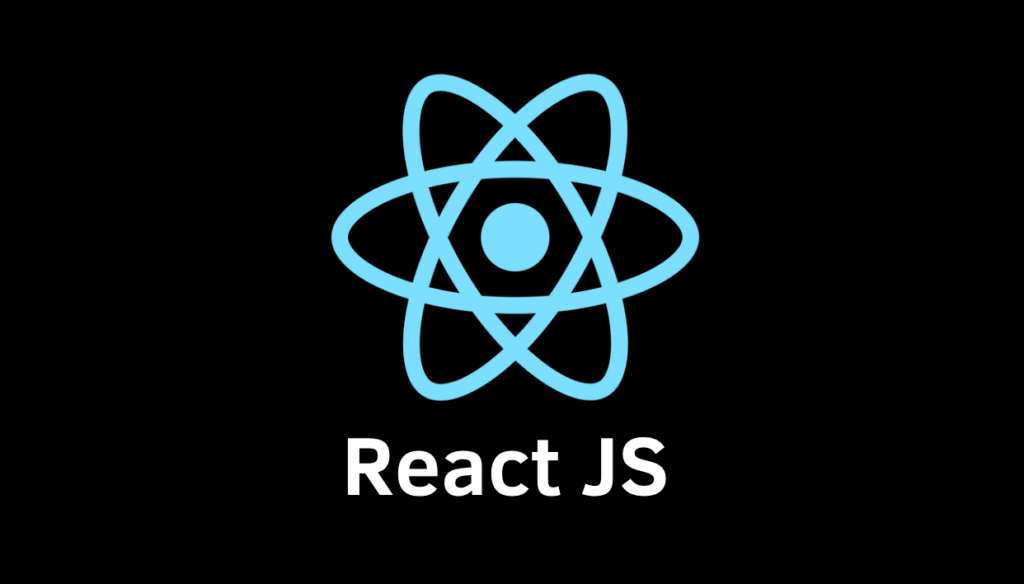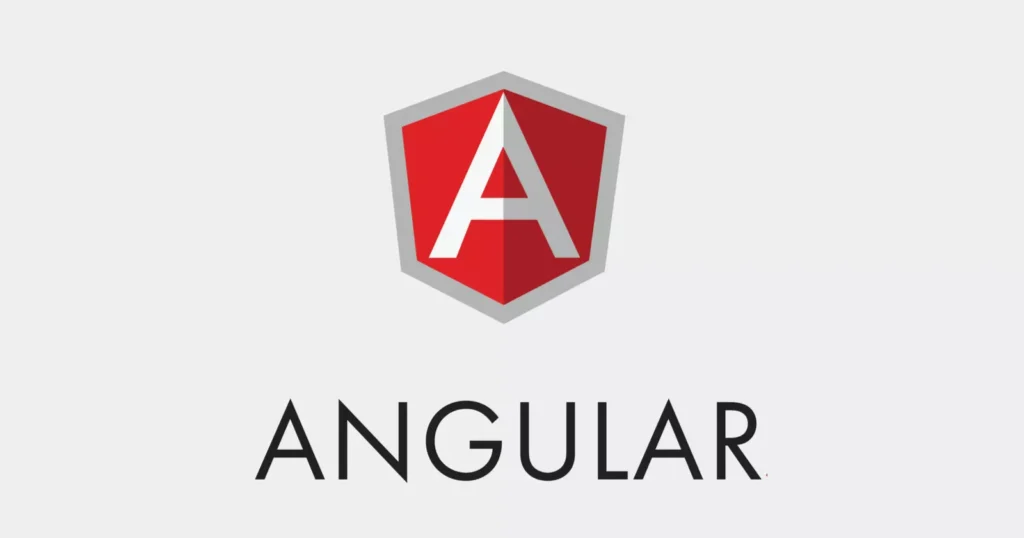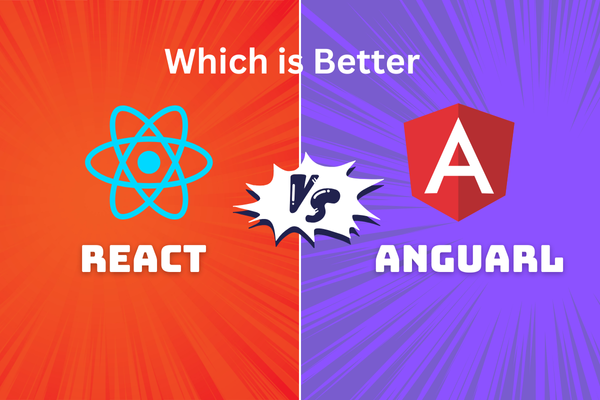React vs Angular: Which is Better? – Choosing the right JavaScript framework or library for your project can be a challenging decision, especially when two of the most popular options are React and Angular. In this blog post, we will compare React and Angular, exploring their key features, learning curves, use cases, and more to help you determine which is better for your specific needs.
Introduction to React and Angular
React and Angular are two powerful tools used for building modern web applications, but they approach development differently. React, developed by Facebook, is a JavaScript library primarily used for building user interfaces, particularly single-page applications where data needs to be dynamically updated. Angular, developed by Google, is a full-fledged front-end framework that offers a comprehensive solution for building complex applications with a structured architecture.
Table of Contents
Key Features of React

React is known for its simplicity and flexibility. Some of its key features include:
- Virtual DOM: React uses a Virtual DOM to enhance performance by minimizing direct manipulation of the actual DOM, leading to faster rendering times.
- Component-Based Architecture: React’s component-based approach allows developers to create reusable UI components, making code more modular and easier to manage.
- Unidirectional Data Flow: React enforces a one-way data flow, making the code predictable and easier to debug.
- JSX: React uses JSX, a syntax extension that allows you to write HTML within JavaScript, making the code easier to read and write.
- React Hooks: React Hooks provide a way to use state and other React features without writing a class, simplifying the code and improving the developer experience.
Key Features of Angular

Angular is a comprehensive framework that offers a wide range of features out-of-the-box, including:
- Two-Way Data Binding: Angular’s two-way data binding automatically synchronizes the data between the model and the view, reducing the amount of boilerplate code.
- Dependency Injection: Angular’s built-in dependency injection makes it easier to manage and inject services into components, promoting better code organization.
- TypeScript Support: Angular is built with TypeScript, a superset of JavaScript that adds static typing, improving code quality and maintainability.
- Directives: Angular uses directives to extend HTML capabilities and create custom elements, allowing for more dynamic and interactive user interfaces.
- Comprehensive Tooling: Angular comes with a robust set of tools, including the Angular CLI, which streamlines development tasks such as code generation, testing, and deployment.
Learning Curve and Developer Experience
When comparing React vs Angular, the learning curve is an important factor to consider.
React is often praised for its simplicity, especially for developers who are already familiar with JavaScript. However, the flexibility of React means that developers need to make decisions about state management, routing, and other aspects of the application. This can be both a strength and a challenge, depending on the developer’s experience level.
Angular, on the other hand, has a steeper learning curve due to its complexity and the need to learn TypeScript. Angular’s comprehensive nature means that there is a lot to learn upfront, but once you understand its concepts, you gain access to a powerful toolset that can handle almost any scenario in web development.
Flexibility and Customization
React offers more flexibility and customization options compared to Angular. With React, you have the freedom to choose the libraries and tools that best suit your project’s needs. This modularity allows you to build applications exactly the way you want, without being constrained by the framework.
Angular provides a more opinionated approach, with a set of conventions and tools that guide you in building your application. While this can lead to faster development times and a more consistent codebase, it also means less flexibility in how you structure your project.
Ecosystem and Tooling
The React ecosystem is vast, with a wide range of libraries, tools, and community resources available. React’s popularity has led to a rich ecosystem that supports various aspects of development, such as state management (Redux, MobX), routing (React Router), and testing (Jest, Enzyme).
Angular, being a full-fledged framework, comes with a comprehensive set of tools and built-in features. The Angular CLI is a powerful tool that helps developers scaffold projects, manage dependencies, and handle tasks like testing and deployment with ease.
Use Cases: When to Use React
React is an excellent choice for:
- Single-Page Applications (SPAs): React’s virtual DOM and component-based architecture make it ideal for SPAs where data needs to be dynamically updated without reloading the page.
- Mobile Applications: React Native, a framework for building mobile apps, shares the same core principles as React, allowing developers to create cross-platform apps using the same codebase.
- Projects Requiring Flexibility: If you prefer to have control over the libraries and tools used in your project, React’s flexibility will be a significant advantage.
Use Cases: When to Use Angular React vs Angular
Angular is well-suited for:
- Large-Scale Applications: Angular’s structured architecture and built-in features make it ideal for complex, enterprise-level applications where maintainability and scalability are critical.
- Development Teams: Angular’s opinionated approach and comprehensive toolset can help teams adhere to best practices and maintain a consistent codebase.
- Projects Requiring Rich User Interfaces: Angular’s powerful directives and two-way data binding make it a great choice for applications that require dynamic and interactive user interfaces.
Popularity and Community Support
When comparing React vs Angular, both have large and active communities, but React has a slight edge in popularity. React’s simplicity and flexibility have made it a favorite among developers, and its widespread adoption ensures that you can find plenty of resources, tutorials, and third-party libraries to support your projects.
Angular, while also popular, tends to be more commonly used in enterprise settings and by teams working on large-scale applications. Angular’s community is strong, and its official documentation is comprehensive, making it easier for developers to get up to speed.
Job Market and Career Opportunities
In terms of job market and career opportunities, React currently has a slight advantage due to its broader adoption across various industries. Many companies, from startups to large enterprises, use React for their front-end development, leading to a high demand for React developers.
Angular also offers excellent career prospects, particularly in organizations that require complex, large-scale applications. Developers who are proficient in Angular and TypeScript can find lucrative opportunities in enterprise environments.
Real-World Examples React vs Angular
To illustrate the practical applications of React and Angular, let’s look at some real-world examples:
- React: Popular platforms like Facebook, Instagram, and Airbnb use React to build dynamic user interfaces that offer a seamless user experience.
- Angular: Companies like Google, Microsoft, and IBM use Angular for their enterprise applications, benefiting from its comprehensive toolset and structured architecture.
Conclusion: React vs Angular: Which is Better?
So, React vs Angular: Which is Better? The answer depends on your specific needs and project requirements. React offers greater flexibility and a shorter learning curve, making it a popular choice for developers who want control over their projects. Angular, with its opinionated structure and powerful toolset, is better suited for large-scale, complex applications where maintainability and scalability are paramount.
Ultimately, the choice between React and Angular comes down to the nature of your project, your team’s expertise, and your long-term goals.
Future Trends and Predictions React vs Angular
Looking ahead, both React and Angular are likely to continue evolving and remaining relevant in the web development landscape. React is expected to maintain its dominance in the development of user interfaces, with continued improvements to its ecosystem and tools. Angular will likely continue to be the go-to framework for large-scale applications, with ongoing updates to its core features and tooling or click here to read more like this.
FAQs: Common Questions About React vs Angular
1. Which is easier to learn, React or Angular?
React is generally considered easier to learn due to its simplicity and the fact that it is a library rather than a full-fledged framework like Angular.
2. Can I use React and Angular together in a project?
While it’s uncommon, it’s technically possible to use both React and Angular in a single project, though it may complicate development.
3. Which is better for SEO, React or Angular?
Both React and Angular can be optimized for SEO, but React has an advantage due to its server-side rendering capabilities when using frameworks like Next.js.
4. What are the main differences between React and Angular?
React is a library focused on building user interfaces, offering flexibility and a lightweight structure. Angular is a full-fledged framework with a comprehensive set of tools and a more opinionated architecture.
5. Which one should I learn first, React or Angular?
If you’re new to front-end development, React might be a better starting point due to its simpler learning curve. Angular may be more suitable for developers who want to build complex applications or are already familiar with TypeScript.


1 thought on “React vs Angular: Which is Better?”